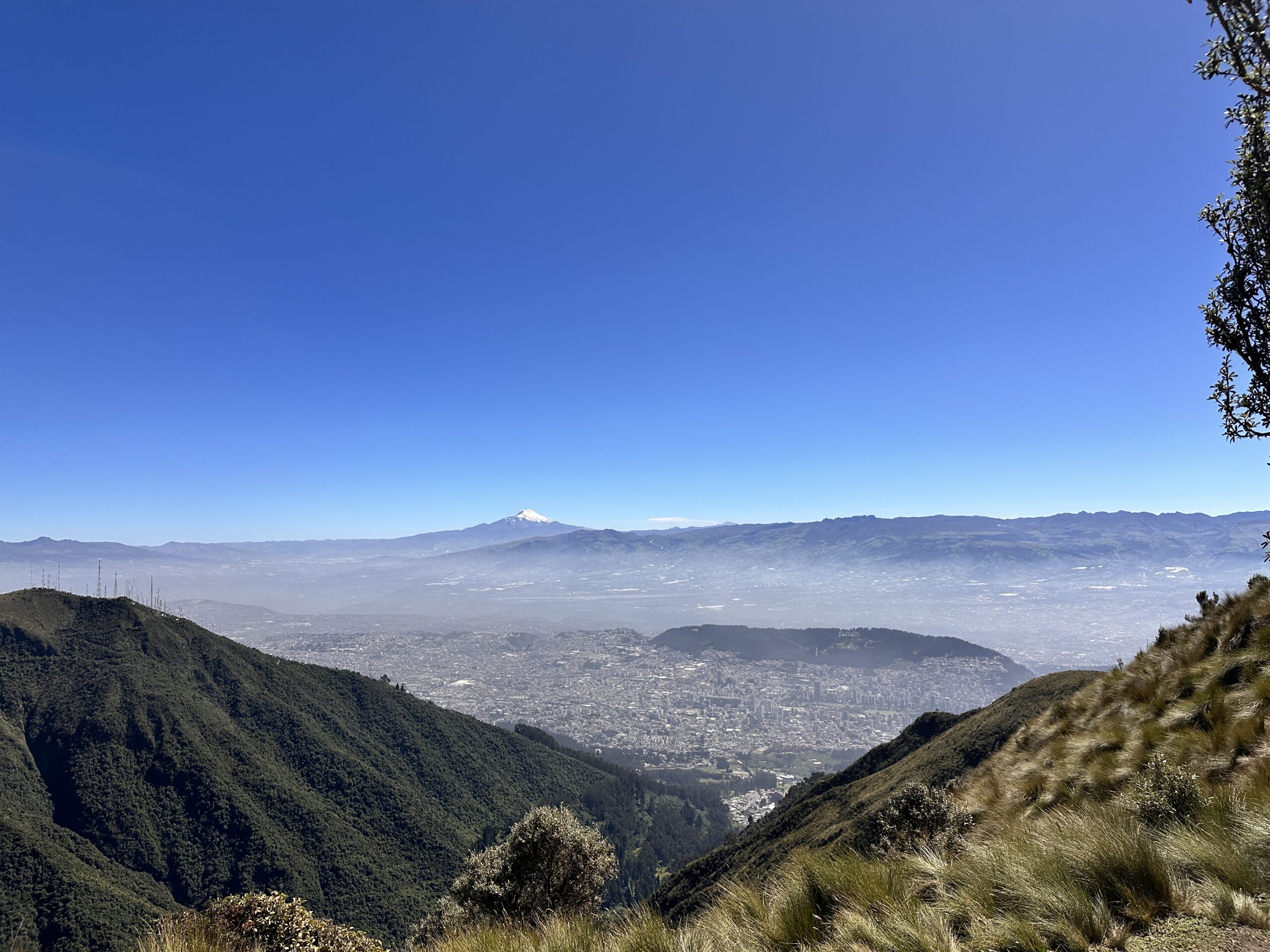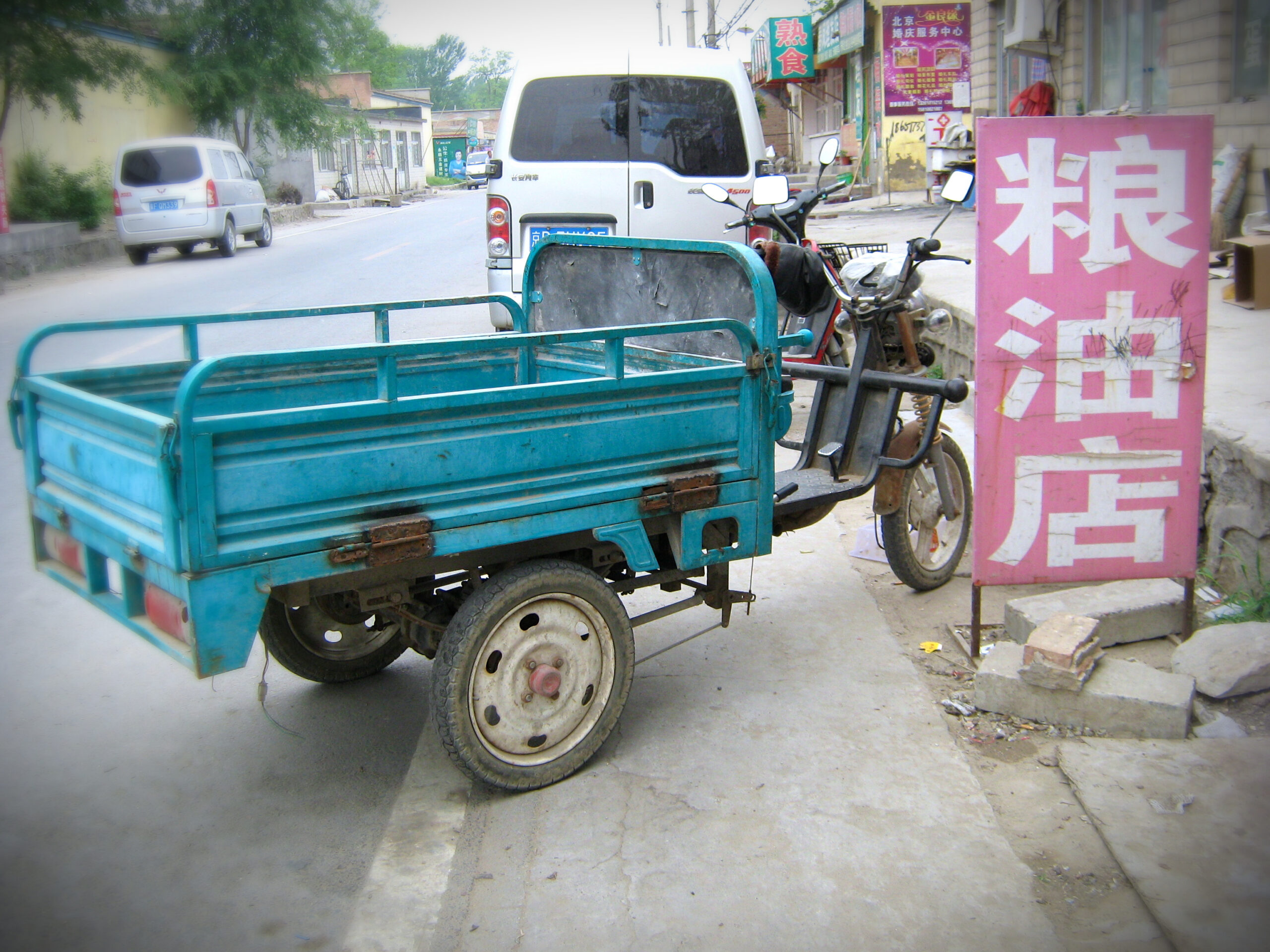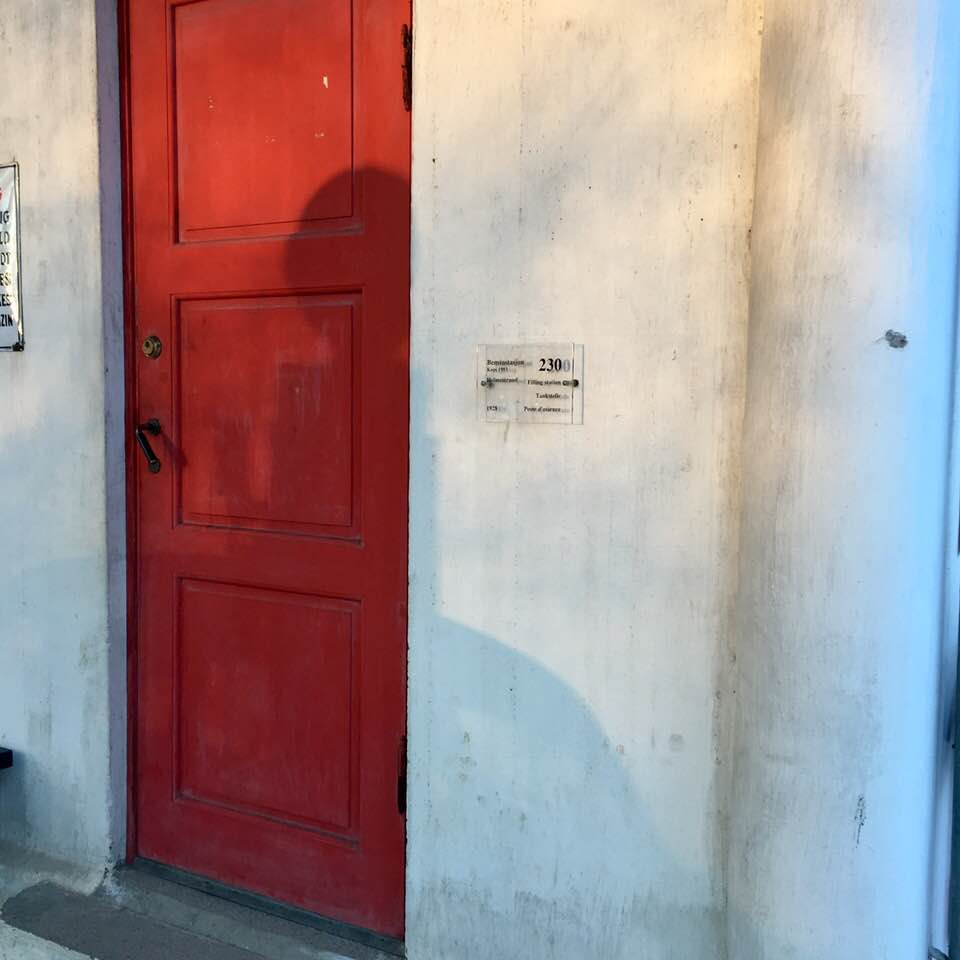
Tips for Visiting a High-Altitude Destination — Be Safe and Stay Healthy
Are you planning a trip to a high-altitude destination? While the stunning views and fresh mountain air can be exhilarating, taking some precautions is important to ensure a safe and healthy trip. Here are some tips to help you adjust to higher elevations and consider your health.
Unless you live in a high-altitude location, you are going to need to adjust to a high-altitude environment. I live in northern Indiana, where the elevation is a whopping 800 feet,and I had planned a trip to Quito, Ecuador, the world’s second-highest capital city! This destination is a popular spot for people heading to the Galapagos Islands, and many don’t consider the altitude adjustment when planning for this destination. I planned a week in Quito, and I’m glad I did; it allowed my body to adjust and I planned my days accordingly.
Please note that altitude sickness can affect anyone, regardless of age or fitness level. However, those of us over 50 want to be particularly careful about tracking our symptoms and seek medical care if necessary. That being said, these tips are for anyone, of any age, considering a trip to a high-altitude location.
Tips for visiting a high-altitude destination
Stay Hydrated
Drinking plenty of water is crucial when you’re at a high altitude. The air is drier, and you lose more fluids through respiration. To stay hydrated, drink at least eight glasses of water a day. Avoid alcohol and caffeine, which can dehydrate you. When I was in Quito, I drank two full liters of water daily. I also took a box of Liquid IV and added one packet to a liter of water every day. One of the women staying at my hotel was so sick one morning that I gave her some of my Liquid IV, and she perked up like a water-deprived plant; she was severely dehydrated.
Take It Slow
When you arrive at your destination, take it easy for the first day or two. Don’t overexert yourself; avoid strenuous activities like hiking or skiing until you’ve had time to adjust. My resting heart rate shot up 10 points the first few days I was at 9,000 feet. Over the course of the week, it gradually decreased.
Eat Bananas!
I made sure to eat a banana every morning, and I even took banana chips with me. Potassium is supposed to help with altitude sickness.
Avoid Alcohol and Caffeine
I still had my coffee every morning, but I did avoid alcohol until I felt like my body had adjusted. Hydration is the most important element in combating altitude sickness. Caffeine and alcohol will dehydrate you, so those should wait.
Chamomile Tea
This tip came from the lovely woman at my hotel in Quito, Ecuador. She made me some chamomile tea to sip one afternoon when I had a particularly bad headache. Maybe simply being cared for made me feel better, but I swear it worked.
Consider Medication
If you have a history of altitude sickness or other health conditions, talk to your doctor about medication options. Acetazolamide and dexamethasone are commonly used to prevent and treat altitude sickness.
Watch for Symptoms
Altitude sickness can manifest in various ways, including headache, nausea, dizziness and fatigue. If you experience any of these symptoms, take it seriously and seek medical attention if necessary. Hydration and rest go a long way, but seek a doctor if you are getting worse. Pain medication for headaches and some ginger lozenges for nausea can also help.
Take Vitamins
I take a regular set of supplements at home. I don’t always travel with them, but I take several with me when I travel to high-altitude environments. I really like AG1 Athletic Greens and take the travel packets. This gives me a power boost of vitamins first thing in the day.
Eat Fresh
Eat fresh fruits and veggies as much as you can to keep your body nourished with water-dense foods that make you feel good. Heavy, fried foods are hard to process and put more strain on your system, which may already be struggling.
Rest
Keep your scheduled activities to a minimum to allow your body to rest and adjust. Climbing high and sleeping low is a hiking adage — see if you can find accommodations at a lower elevation than where you’ll be spending most of your time during the day. You might also consider adding a sleep aid to your packing list; even those not prone to sleep disruption may find themselves with insomnia.
Prepare to feel like a superhero when you return to a lower altitude!
Because the air is thinner at higher altitudes, there are fewer oxygen molecules per volume of air. This means your body produces more red blood cells. These extra blood cells stay in the body for up to 20 days. When I got to the Galapagos after a week in Quito at 9,350, I was practically running up volcanoes!







Julianne lives in Colorado and frequently encounters ill-equipped hikers. If you are heading to a high-altitude destination to hike, ski, or do other activities, you should keep some very specific things in mind.
Julianne:
I live at altitude in Denver; the altitude of my home is 5,510 feet (high enough to change baking times and make products explode out of their packaging upon opening). I’m up higher on a regular basis to do my shopping, grab coffee or walk in the foothills.
But even I feel the effects of altitude when I travel to the high country. We love to stay in Breckenridge, which sits at 9,600 feet. Leadville, with the highest elevation of any city in the country at 10,158 feet, is just 1.5 hours west; we stop there for a potty break and coffee whenever we’re driving to Salida or Crested Butte.
And while I don’t notice the altitude when I’m hiking, I do when I sleep. I experience severe insomnia when we stay in Mount Crested Butte, which sits at an elevation of 9,498. I normally don’t sleep well anyway, but it’s much worse there. I also notice a low-grade headache.
So you may add a sleep aid to your packing list. And consider these rules of thumb from mountain experts: Move higher 1,000 feet at a time. If you’re going up 2,000 feet, try to stay put for two days.
Also, take it seriously. If you start to notice the signs of acute altitude sickness, DESCEND IMMEDIATELY. Don’t keep going higher. You could end up with high-altitude pulmonary edema, which is life-threatening. Altitude sickness also can impair your clarity of thought and judgment, so make a smart decision as soon as you start to see symptoms of acute sickness. Visitors to Colorado die from acute altitude sickness with frightening regularity, so please use caution.
Visiting a high-altitude destination can be an incredible experience, but it’s important to take the necessary precautions to ensure a safe and healthy trip. By following these tips and taking care of your body, you can make the most of your adventure and enjoy the breathtaking views without any worries. Remember to stay hydrated, take it slow, watch for symptoms, and consult your doctor if necessary. With a little bit of preparation and self-care, you’ll be well-equipped to handle the challenges of high altitude and return home feeling like a superhero. Safe travels!
My packing list for a high-altitude destination:
- Ibuprofen
- Ginger lozenges
- Banana chips
- Liquid IV
- AG1 Travel Packs
- Refillable water bottle*
- Sunscreen
Be sure to check out 10 Essential Tips for Hiking and 8 Surprising Sun Care Tips in the Outdoors section of our travel tips for more outdoor travel tips!
The views expressed on this website represent the opinions of the authors; we encourage you to form your own opinions and confirm any facts.
This post likely contains affiliate links. If you shop or make a reservation through these links, we may make a small commission (for which we are very grateful!) at no extra cost to you. Not all links are affiliates, and we only suggest products and places that we have experienced.
We are a participant in the Amazon Services LLC Associates Program, an affiliate advertising program designed to provide a means for us to earn advertising fees by linking to Amazon.com and affiliated websites.



